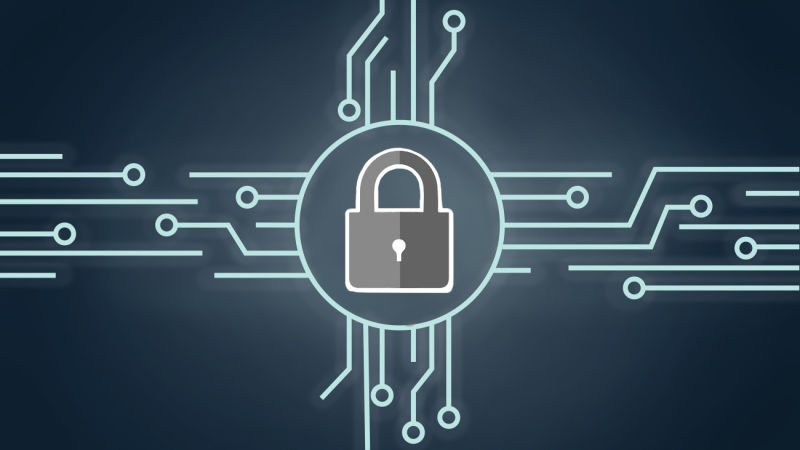Firewalls are an essential part of your IT security infrastructure. In fact, in many cases, they are the foundation and rightfully so. It’s important to note, however, that the target has changed and so have the perpetrators. These days, the masterminds behind cyber-attacks are infinitely more sophisticated than they once were. Many will stop at nothing to achieve the results they’re after – gaining access to sensitive data and exploiting it for their criminal purposes.
Unfortunately, most companies have not shifted their focus to account for these changes. The current ideology is that hackers install agents on your network and let them do the work. They install them in what we like to call the Red Zone. This is the weakest part of your network – the spot where your PC and device are located. Not coincidentally, this also happens to be where most human decisions are exposed on your network; for example, which website to go to, what file to download, and what e-mail to open.
Legacy Security Measures are No Longer Sufficient
Perhaps even just as recently as a decade or so ago, firewalls and sandboxes were enough to keep hackers at bay. Unfortunately, those hackers have developed newer, better and more effective ways to get around these security measures. They are relentless in their efforts to identify and expose network vulnerabilities and legacy protections are simply no match for their complex tactics.

To complicate matters, most businesses now operate remotely at least a portion of the time. Thanks to mobile and cloud technology, individuals, teams and even entire companies can perform just about every duty imaginable from anywhere. But firewalls and other on-premise security platforms are ineffective when using your tablet to access your email while waiting at the airport or logging onto the network while sipping a latte at your local coffee shop, which means your sensitive data is being exposed much more frequently than you may even imagine.
Even if your IT team has worked hard to secure additional endpoints from cyber-threats, new dangers are lurking around every corner, from spear phishing and ghostware to ransomware and any of the latest threats that are popping up almost daily. The security tools of the past were not designed to protect against these cutting-edge attacks, which is why relying solely on legacy systems is simply not a wise business decision. In fact, most of the newer threats have been specifically developed to get around basic security methods like firewalls.
Furthermore, the use of efficient, affordable cloud resources, including such popular tools as Salesforce and G Suite, along with the widespread adoption of BYOD (bring your own device) policies has given hackers a much broader attack surface and subsequently increased the number of endpoints businesses must protect. In other words, the topic of cyber security has become exceedingly more complicated and therefore much more challenging. As such, appliance-based network security methods are no longer enough.
Focus Has Shifted from Protection to Remediation
These days, it’s not a question of whether a company will become a victim of a cyber-attack, but rather when. Obviously the goal is to stop these attacks before they occur, but the reality is this simply isn’t always possible. That’s why security measures such as firewalls and anti-virus software must be backed up by a solid incident response strategy. As mentioned in a recent post, most of the damage that occurs as a result of a successful breach takes place during the time between when the intrusion initially happens and when it is finally discovered – a window known as Time Til Live or TTL for short.
In the modern multi-device, mobile-first business world where threats are complex and relentless, the solution lies in the use of actionable intelligence, which works in two distinct ways. First, it operates around the clock to quickly and effectively pinpoint, isolate and eradicate network intrusions before they have the chance to wreak havoc. Second, it analyzes network data to identify all indicators of compromise (IOC) to ensure the response methodology includes measures to help prevent future occurrences.
In war it is easier to identify who has already attacked you than it is to figure out who is going to attack you in the future. This is where the Red Zone will help turn the tables on would-be hackers and hacking corporations. As a business professional, you must make sure your IT strategy is up to date. The next war will not be fought in the board room or the battlefield; it will be fought in the Red Zone.
In conclusion, if you are currently operating under the assumption that a firewall is the first, last and only line of defense you need to protect your business from cyber threats, you are inadvertently playing into the hands of would-be hackers. To the contrary, your firewall should be viewed as a foundation upon which to build a strong, solid defense that leverages the advanced intelligence technology necessary to meet cyber criminals right where they are and stop them in their tracks. FireDragon can provide that kind of protection.

